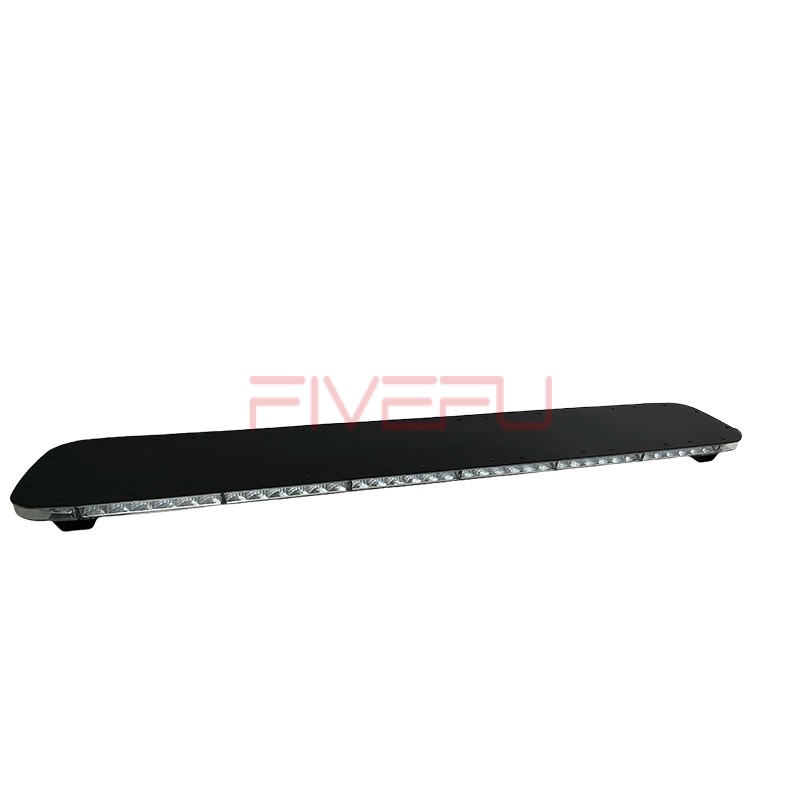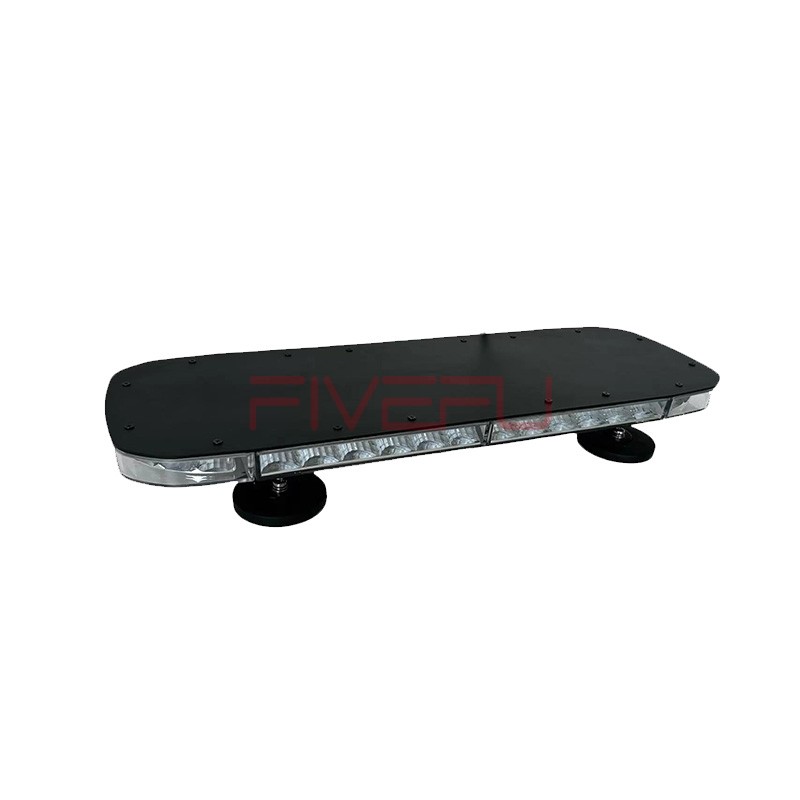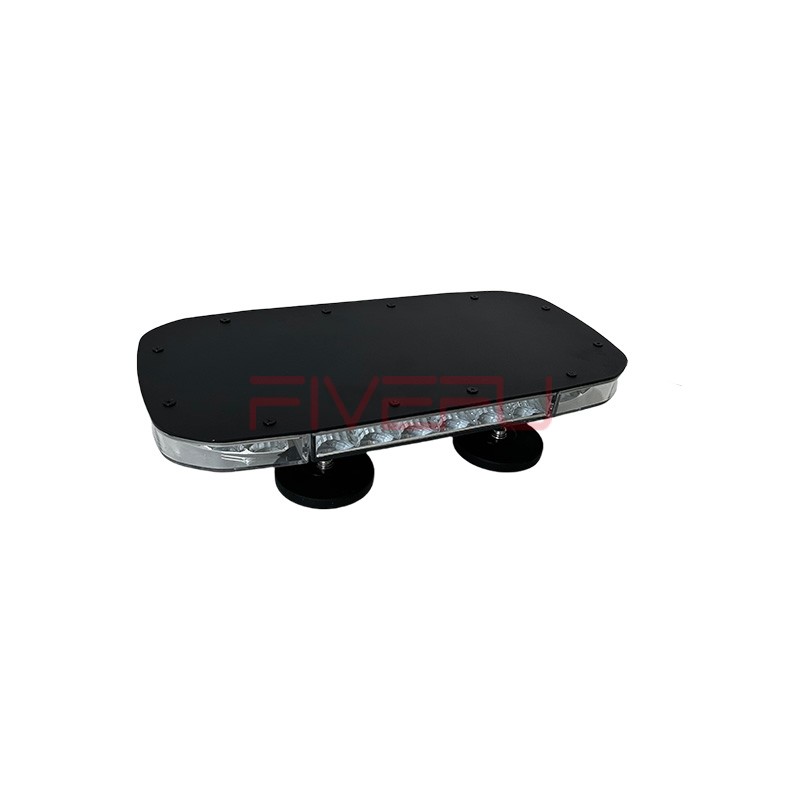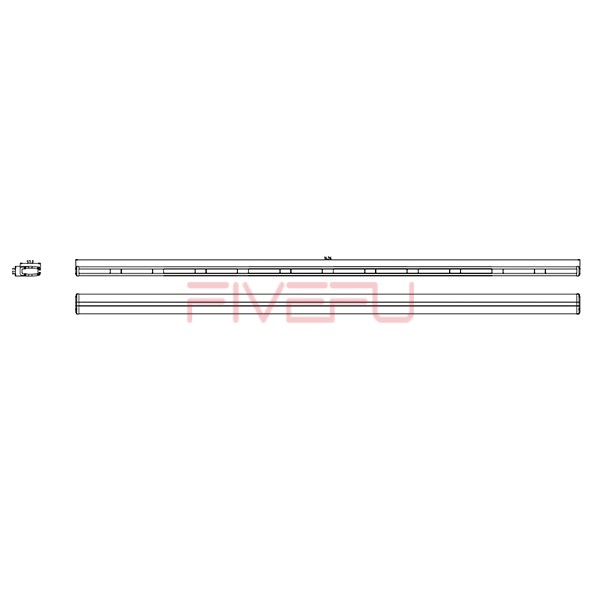Modern roads are crowded, and unclear vehicle signals cause serious accidents. Miscommunication leads to collisions, legal disputes, and higher repair costs. The solution is proper use of orange vehicle lights, which improve visibility and communication.
Orange vehicle lights—commonly called amber lights—are permitted because they offer high visibility, low glare, and universally recognized signaling. They are scientifically proven to enhance driver awareness in fog, rain, and low-light conditions and are standardized in global automotive regulations for turn signals, hazard warnings, and special-purpose vehicles.
Drivers often wonder why this color is allowed and preferred—let’s explore the science, regulations, and applications behind orange lights.
The Science Behind Orange (Amber) Light Visibility
Orange light sits between red and yellow in the visible spectrum, typically around 590–620 nm in wavelength. This makes it uniquely effective for automotive signaling. The human eye perceives amber with high sensitivity, especially during dawn, dusk, fog, and heavy rain—common conditions where accidents occur.
The wavelength of amber light penetrates atmospheric moisture better than white or blue light. This means drivers can detect amber signals from long distances without suffering from glare or reflection. Unlike bright white lights that can blind oncoming traffic, amber remains visually strong but comfortable for human eyes.
Studies in traffic-safety engineering confirm that amber signals dramatically reduce reaction time. Drivers respond faster to amber turn signals and hazard indicators compared to other colors. This advantage is why automotive engineers, traffic regulators, and safety researchers consistently choose amber for exterior signaling. It strikes the ideal balance between visibility, comfort, and intuitive meaning.
Amber also carries universal psychological meaning: caution. Whether at crosswalks, construction zones, or emergency scenes, amber instantly tells people to pay attention. This cognitive association further improves reaction time and reduces accidents.
Regulatory Standards That Permit Orange Vehicle Lights
Around the world, automotive lighting is strictly regulated. Orange (amber) is one of the few colors globally approved for signaling. International organizations such as the UNECE (United Nations Economic Commission for Europe), the U.S. Department of Transportation (DOT), and other regional authorities clearly define where amber lights may be used.
According to UNECE Regulation No. 6, turn indicators must be amber in color. This ensures consistency across countries, allowing drivers in different regions to understand signals instantly. In the United States, DOT and SAE standards also approve amber for front and rear turn signals, side markers, and hazard lights.
Emergency and utility vehicles such as tow trucks, construction vehicles, escort vehicles, and roadside assistance units are allowed to use amber warning lights. This is because amber is highly visible without causing confusion with police, ambulance, or fire vehicle lights, which typically use red, blue, or a combination of both.
In many countries, non-emergency vehicles cannot use red or blue lights due to strict enforcement laws, but amber remains widely permitted. This is why commercial fleets, logistics companies, and maintenance teams rely heavily on amber warning lights for roadside safety, worker protection, and operational visibility.
In summary, amber is allowed because it is safe, standardized, and non-conflicting with emergency colors—making it the world’s most accepted vehicle signal color.
Why Orange Lights Enhance Road Safety
Road safety depends heavily on communication. Orange lights are crucial tools that help drivers warn others of their intentions or presence. Turn signals use amber to indicate lane changes and turns, reducing the risk of side-swipe and rear-end collisions. Hazard lights flash amber to warn other drivers of stopped or slow-moving vehicles.
Construction vehicles, forklifts, trucks, school buses, and agricultural machines use amber beacons for 360-degree visibility in busy or dangerous environments. When these lights rotate or flash, they remind surrounding drivers to slow down, maintain distance, and proceed cautiously.
Amber warning lights are also essential in low-speed zones. Street sweepers, airport ground vehicles, mining equipment, and warehouse machines all rely on amber systems. These areas require precise worker–vehicle coordination, and amber signals help prevent accidents, injuries, and costly downtime.
Additionally, amber lights support nighttime and poor-weather operations. Snowplows, water trucks, and sanitation vehicles use amber lighting to stay visible during heavy snow, rain, or fog. This is especially critical for public-service fleets that operate during dangerous conditions.
The consistency of amber in conveying caution reduces confusion. Unlike white lights, which can be mistaken for headlights, or blue lights reserved for law enforcement, amber’s meaning is always clear—slow down and be alert.
Common Applications of Amber Vehicle Lights
Amber lighting is widely used across multiple industries due to its safety, legality, and efficiency. Here are the most common applications:
1. Turn Signals
Every modern vehicle uses amber turn signals because they are visible, intuitive, and standardized worldwide.
2. Hazard Warning Lights
Flashing amber indicators instantly communicate road emergencies, breakdowns, or temporary stops.
3. Construction and Utility Vehicles
Road rollers, excavators, forklifts, cranes, and repair trucks use amber beacons to alert nearby workers and drivers.
4. Tow Trucks and Recovery Vehicles
Amber strobes ensure safety during nighttime recovery operations and roadside assistance.
5. Escort and Convoy Vehicles
Transport escorts for oversized loads rely on amber lights to warn other drivers.
6. Municipal and Public Service Fleets
Street sweepers, garbage trucks, snowplows, and highway maintenance vehicles depend on amber lights for all-weather visibility.
7. Airport Ground Vehicles
Amber lighting ensures safety in high-traffic airport zones where hundreds of workers and vehicles operate simultaneously.
Across all these uses, amber remains the best balance between brightness, safety, and regulatory acceptance.
Conclusion
Amber lights are permitted because they maximize safety, visibility, and global signal consistency.









